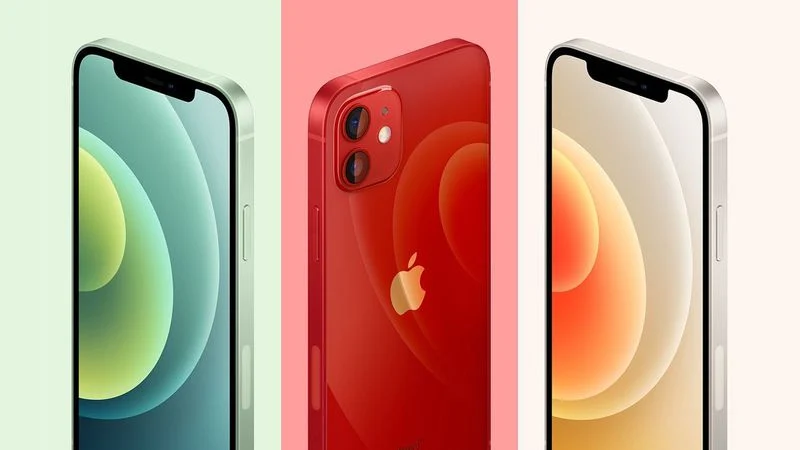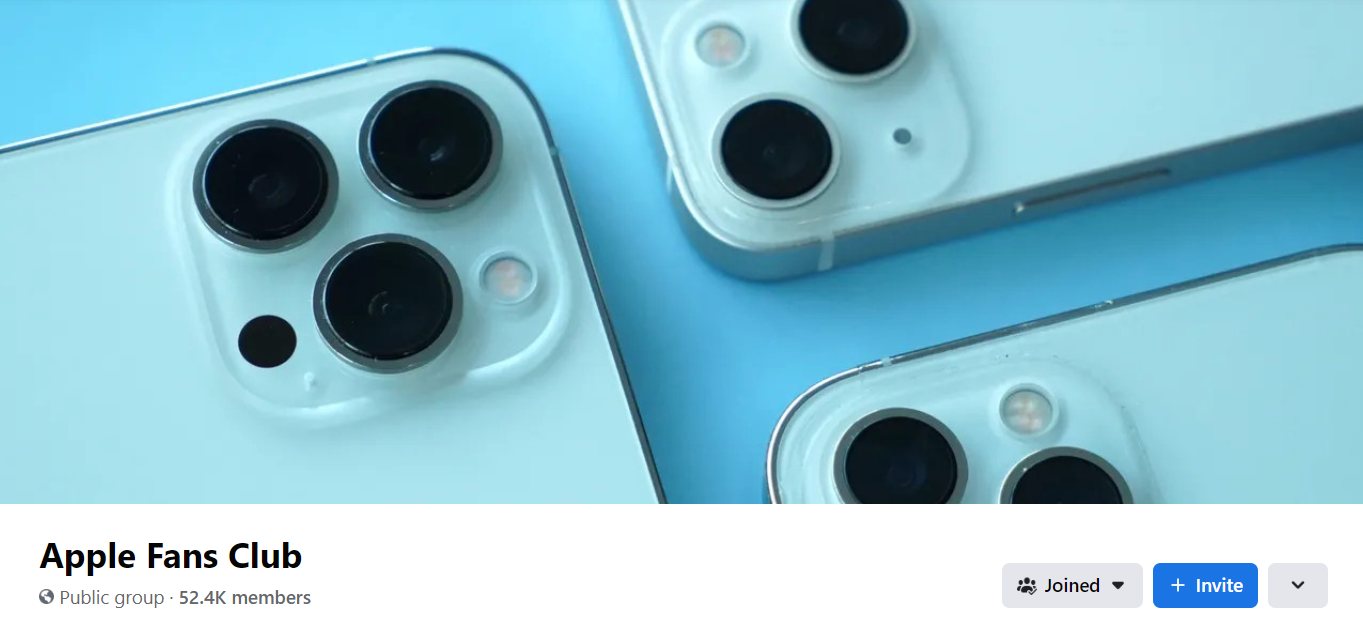In 2021, Apple launched the iPhone 13 as the successor to the popular iPhone 12, with an improved rear camera, longer battery life, the A15 Bionic chip, and more. Even though the iPhone 12 and iPhone 13 mini are from different years, Apple is still available for $599 right now, leading many customers to think about which device they should buy.
The two devices cost $599, up from the $429 iPhone SE in Apple’s lineup, adding features like OLED displays and Face ID. The iPhone 13 mini is a more modern device than the iPhone 12, and despite having a smaller internal battery, it has the same battery life as the larger device, but it does come at the cost of display real estate.
Since the iPhone 12 and iPhone 13 mini share a ton of features, should you consider buying an older model to save money? Our guide helps answer the question of how to decide which of these two iPhones is best for you.
Comparing the iPhone 12 and the iPhone 13 Mini
The iPhone 12 and iPhone 13 mini share a number of key features, such as an OLED Super Retain XDR display, Face ID, 5G connectivity, MagSafe, and Ceramic Shield. Apple lists these same features for the iPhone 12 and iPhone 13 mini:
similarities
- OLED Super Retina XDR display with HDR, True Tone, P3 wide color, and Haptic Touch
- Face ID
- 6GHz 5G connectivity (and mmWave in the U.S.)
- Six-core A-Series Bionic chip
- 4GB of memory
- Dual 12MP ƒ/2.4 Ultra Wide and ƒ/1.6 Wide cameras with two-times optical zoom out
- Photography features including Night mode, Deep Fusion, True Tone flash with Slow Sync, Portrait mode, and more
- Videography features including 4K video recording at up to 60fps, HDR video recording with Dolby Vision, Audio zoom, slo-mo video up to 240fps at 1080p, Night mode Time-lapse, and more
- Ceramic Shield front
- IP68 rated splash, water, and dust resistance
- Aerospace-grade aluminum
- MagSafe and Qi wireless charging
- Lightning connector
- Up to 17 hours battery during video playback
- Available with 128GB and 256GB storage options
- Available in (PRODUCT)RED
Apple’s breakdown shows that iPhones share a number of notable key features. Even so, there are some meaningful differences between the iPhone 12 and iPhone 13 mini, such as their processors and display brightness, which are important when weighing which device to choose.
Differences
iPhone 12
- 6.1-inch Super Retina XDR display
- 625 nits max brightness (typical)
- A14 Bionic chip
- Dual SIM (nano-SIM and eSIM)
- Optical image stabilization for video
- Smart HDR 3 for photos
- Dolby Vision HDR video recording up to 4K at 30fps
- Weighs 164 grams
- Available in Purple, Blue, PRODUCT(RED), White, and Black
- Available with 64GB, 128GB, and 256GB storage options
- 5.4-inch Super Retina XDR display
- 800 nits max brightness (typical)
- 20 percent smaller notch
- A15 Bionic chip
- Dual SIM (nano-SIM and eSIM) and dual eSIM support
- Sensor-shift optical image stabilization for video
- Smart HDR 4 for photos
- Photographic Styles
- Dolby Vision HDR video recording up to 4K at 60fps
- Cinematic mode video recording with shallow depth of field (1080p at 30 fps)
- Weighs 141 grams
- Available in Starlight, Midnight, Blue, Pink, Green, and PRODUCT(RED)
- Available with 128GB, 256GB, and 512GB storage options
Design and Colors
Both the iPhone 12 and iPhone 13 mini have the same industrial design, with squared edges and flat aluminum strips on the sides. These devices use aircraft-grade aluminum on the edges and a piece of polished glass on the back. Contrary to the vertical orientation of the iPhone 12, the iPhone 13 mini’s dual rear cameras are diagonally offset from each other.

The notch for the iPhone 13 mini’s TrueDepth camera array is 20 percent smaller, freeing up more display area and making the cutout less obtrusive. Aside from the placement of the rear cameras and a smaller notch, the devices look identical in other respects.
As a smaller phone, the iPhone 13 mini is shorter and narrower than the iPhone 12. The size of the iPhone 13 mini makes it more portable than the iPhone 13.
Another factor that distinguishes the difference between the two devices is their weight. The iPhone 13 mini is 23 grams (0.81 ounces) lighter than its larger sibling, with a total weight of just 141 grams (4.97 ounces). If you want the smallest and lightest iPhone possible, the iPhone 13 mini would be a better choice than the iPhone 12.
The iPhone 12 is available in purple, blue, green, white, and black, while the iPhone 13 mini is available in starlight, midnight, blue, pink, and green. Both are available in PRODUCT(RED). The two shades of blue are similar, white and starlight, and so are black and midnight. As similar-looking devices, the design and color preference for the iPhone 12 or iPhone 13 mini will come down to personal preference.
Display
Both the iPhone 12 and iPhone 13 mini feature OLED Super Retina XDR displays with HDR, True Tone, P3 Wide Color Gamut, and Haptic Touch. The only difference with the iPhone 13 mini’s display is that it gets 175 nits of brightness during typical non-HDR usage, but that’s not the main reason to buy the new model.
The most notable difference between the iPhone 13 mini and the iPhone 12 is their display size. The iPhone 13 mini has a display size of 5.4 inches, and the iPhone 12 has a display size of 6.1 inches. This means larger phones will be able to display more content on the screen, with UI elements for apps spaced farther apart, and items such as keyboards larger.
Still, smaller phones are easier to use with one hand. For example, the Control Center is easier to reach to the top of the screen, and users may feel more comfortable swiping iOS on smaller displays with a firmer grip.
The main reason to prefer the iPhone 13 mini is because it fits better in the hand and is easier to use with one hand. Likewise, those who want a larger display for media consumption (the same size as the iPhone 14) will clearly prefer the 6.1-inch iPhone 12.
A14 vs. A15
The A15 Bionic chip in the iPhone 13 brings a modest performance boost compared to the A14 Bionic in the iPhone 12. Benchmarks show that the A15 in the iPhone 13 offers about 10 percent more single-core performance and 18 percent more multi-core performance compared to the A14 chip in the iPhone 12. For graphics tasks, the iPhone 13 outperformed the A14 Bionic in the iPhone 12 by about 15 percent

These performance improvements for the A15 are iterative, not a significant reason to upgrade individually. The A14 is still a very powerful chip, and in day-to-day use, the two devices will likely perform similarly, although the A15 chip will likely be supported for longer and perform better over time.
Cameras
The iPhone 12 and iPhone 13 mini feature dual 12MP rear cameras with ƒ/2.4 ultra-wide and ƒ/1.6 wide-angle cameras. The iPhone 13 mini’s main camera has a larger sensor than the iPhone 12, capturing 47 percent more light, resulting in less noise and brighter images, while the Ultra Wide has a new sensor that captures more detail. The main camera also includes sensor-shift optical image stabilization technology for smoother video and higher image quality.
While both devices can record Dolby Vision HDR video, the iPhone 13 is capable of recording at up to 60 fps, while the iPhone 12 records at 30 fps.

The iPhone 13 mini features a movie mode that allows users to record shallow depth-of-field video at 1080p and 30fps. Movie mode seamlessly shifts focus from one subject to another while capturing video. It keeps the subject in focus while blurring the background, and can automatically change focus when a new subject is about to enter the scene. Blur and focus can also be adjusted through the Photos app after shooting a video.
The iPhone 13 mini also supports Photo Style, a smart, adjustable filter that can do things like enhance or mute skin tones without affecting skin tones. Styles are selectively applied to images, unlike filters that are applied to the entire image. Photography styles include vibrant (enhancing colors), rich contrast (deeper shadows and darker colors), warm (emphasizing gold undertones), or cool (emphasizing blue undertones). Tones and warmth are customizable for each style, so you can get the exact look you want.
While the iPhone 12 and iPhone 13 mini feature cameras with similar specs, the iPhone 13 mini offers Dolby Vision HDR video at a higher frame rate, movie mode, and photography style, as well as hardware improvements like a larger sensor and sensor shift Stablize. The iPhone 12’s camera is still powerful, but with more photography and videography options and improved image quality, the iPhone 13 mini is a better choice.
Read more articles: https://www.facebook.com/RedTomElectronics/
If you have more ideas to discuss with us, welcome to join our Apple Fans Club on Facebook.


